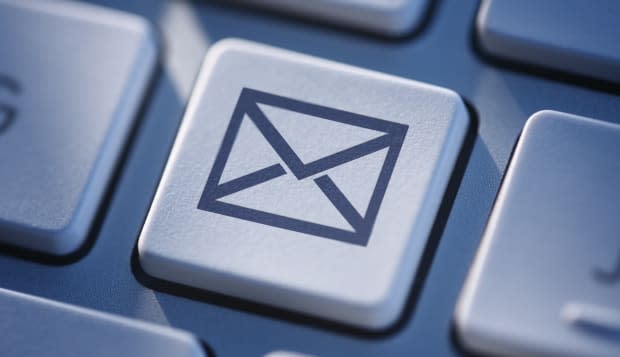Job Seekers, Know These Email Signature Do's and Don'ts

By Hannah Morgan
One of the first things you are instructed to do when starting a new job may be to set up your email signature using the official company template. But have you set up an email signature for your personal email account?
Email is a frequently used communication tool in the workplace, with approximately 36 emails sent per person per day in 2014, according to The Radicati Group, a technology market research firm. It is also a powerful marketing tool. Each one of those 36 emails is an opportunity to market and promote the company. You should be using this same logic to promote yourself, especially if you are an active job seeker.
Rather than typing in your information every time you send an email, or cutting and pasting the information into the body of the email, simply set up your email signature. These are the vital pieces of information you should include.
Email signature do's:
1. Name. People often don't have any email signature, which can make it difficult for the recipient to know who the message is from. Include your first and last name.
2. Telephone number. During a job search, recruiters and hiring managers will want to communicate with you over the phone. Make it easy for them to reach out to you by including it in your email signature. And be sure you have set up your voice mail with a professional and pleasant greeting.
3. LinkedIn profile. Including a link to your LinkedIn profile makes it easier for people to learn more about you. You can't make them click through, but it is there in case there is interest. Rather than inserting the full Web address, which can look long and messy, hyperlink your LinkedIn URL to a small LinkedIn icon or simply the word "LinkedIn."
4. Profession, title or tag line. Depending on your employment situation, use some combination of professional identifiers. If you are changing careers, don't list your current occupation, instead use a tag line or branding statement that conveys your value to a potential future employer.
5. Personal website. If you have an online portfolio, blog or personal website that you want people to know about, include the link. It's always helpful to describe what you are linking to. For example, hyperlink to a short description, such as "Online Portfolio," "Personal Blog – Customer Service Musings" or "My Infographic Resume." You can link to almost any online source you want to draw attention to.
On the other hand, there is information you don't want to include in your email signature because it's irrelevant, makes you look silly or could flag your email as spam. Here's what to avoid including in your personal emails.
Email signature don'ts:
1. Mailing address. Protect yourself. No one needs to know your physical location. Businesses may use this information, but it doesn't pose the same type of privacy violation.
2. Email address. Including your email address in your email is redundant. If you've sent someone an email, he has your email address. Limit the information that you include in your signature to keep it uncluttered and provide only the most important information.
3. Photos or logos. Using logos or icons sparingly isn't necessarily a bad thing. However, images add to the size of your email and may make loading your email slow and difficult for email systems. Using large file sizes could also result in your email ending up in the spam folder and most people do not regularly look at their spam.
4. Default mobile signature. Don't overlook the signature on your mobile device. Often the default signature is an advertisement for your phone's manufacturer. Instead, change the setting to promote your name or delete the automated signature all together.
One last word of wisdom. Test how your email will look to others by sending to Gmail, Yahoo and Outlook accounts to see how your signature looks on these different email providers.
